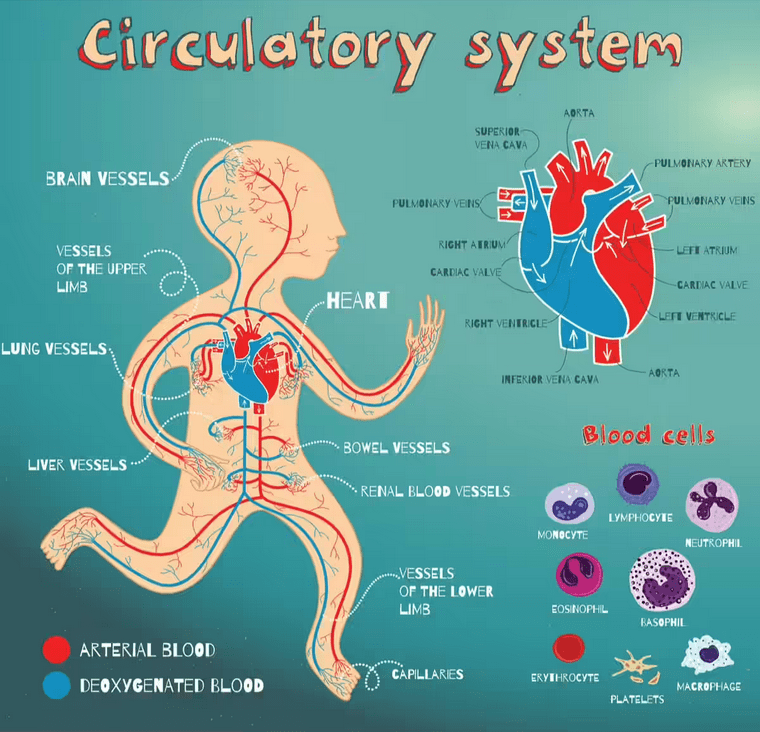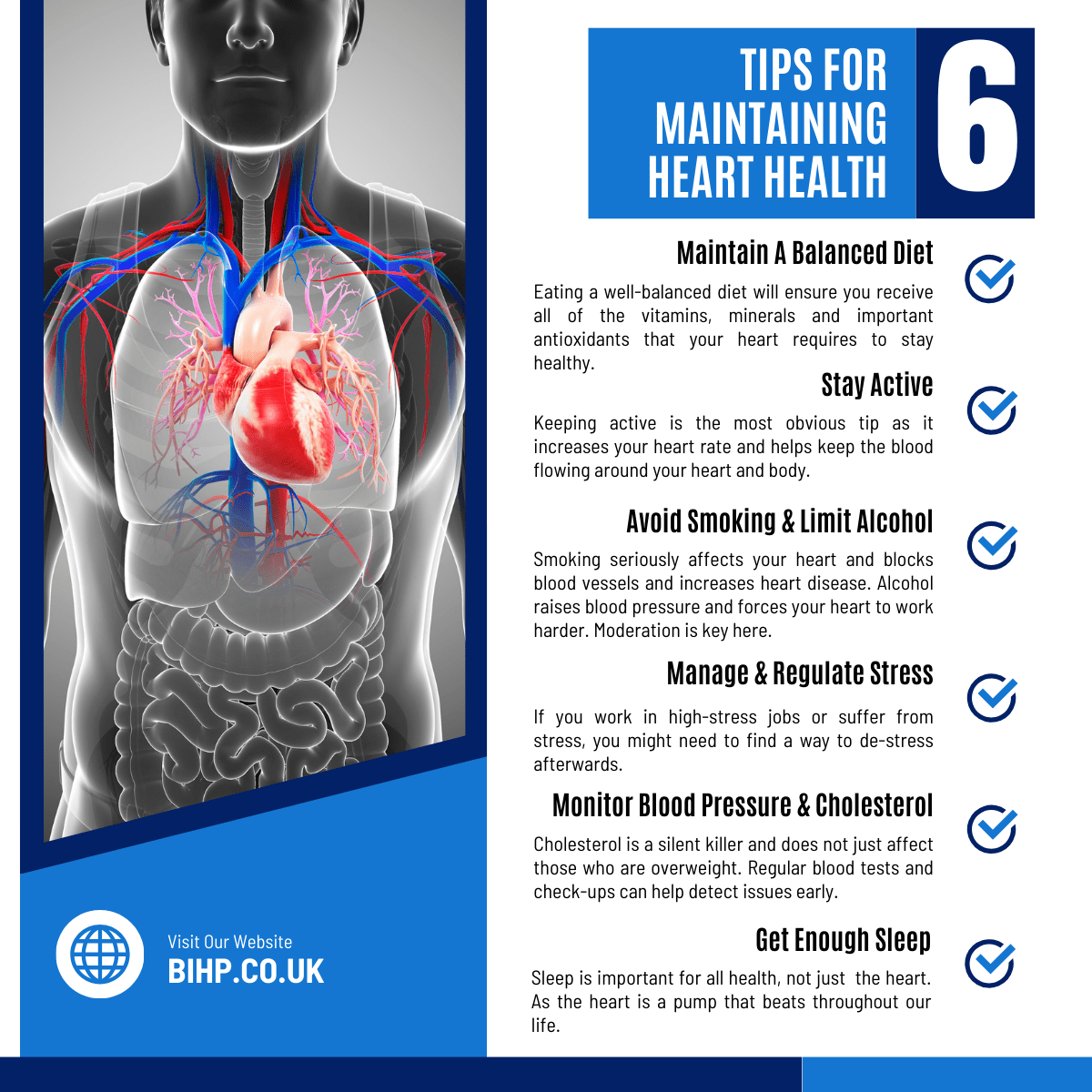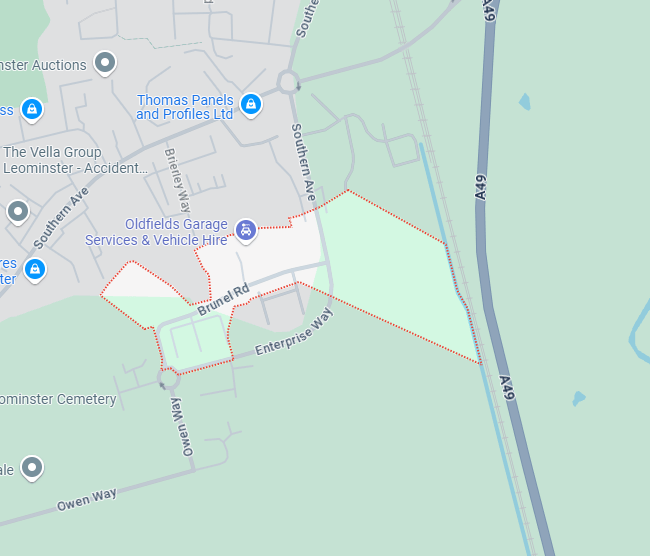Your heart works hard every second of the day, pumping life through your veins without taking a break. Because of this, it’s essential to maintain a healthy heart if you want long-lasting vitality and energy.
Understanding how your heart functions can empower you to make smarter lifestyle choices from today. In this article, we’ll explore how to maintain a healthy heart, why it matters, and what practical steps you can take right away.
Whether you’re looking to boost daily energy or reduce long-term risk, these simple tips will help you take control.
How the Heart Works
The Structure of the Heart
The heart is a muscular organ about the size of your fist. It sits just left of the centre of your chest. Inside, it’s divided into four chambers: two atria at the top and two ventricles at the bottom.
These chambers work in harmony to keep blood moving. While the atria receive blood, the ventricles pump it out. Oxygen-poor blood enters the right atrium, then passes to the right ventricle. From there, it travels to the lungs to release carbon dioxide and collect fresh oxygen.
After that, oxygen-rich blood returns to the left atrium. It then flows into the left ventricle, which pumps it to the rest of the body.
Because of this constant rhythm, your cells stay fuelled with oxygen and nutrients all day. And in turn, maintaining a healthy heart keeps your entire system running at its best.

The Heart’s Circulatory Process
The heart functions as the centrepiece of the circulatory system. Here’s how it works:
Blood Flow Through the Heart
Oxygen-depleted blood first enters the right atrium from the body. Then, it flows into the right ventricle. From there, the right ventricle pumps it into the lungs. In the lungs, it releases carbon dioxide and collects fresh oxygen. Afterwards, the oxygen-rich blood returns to the heart and enters the left atrium. Finally, the left ventricle pumps this blood around the body.
This ongoing cycle ensures each cell gets the oxygen and nutrients it needs. As a result, your heart stays strong and happy.
Electrical System of the Heart
The Heart’s Natural Rhythm
The heart’s rhythm is guided by electrical signals from the sinoatrial (SA) node, the natural pacemaker. As a result, it keeps the heartbeat steady and well-timed. However, the rate can change based on physical activity or emotional stress. Because of this, the heart adjusts to match the body’s needs.
Why Maintaining A Healthy Heart Matters
Cardiovascular diseases—such as strokes, heart attacks, and high blood pressure—remain top causes of death worldwide. Because of this, learning how to maintain a healthy heart is vital. Not only does it reduce your risk of illness, but it also improves quality of life. Moreover, a strong heart supports longevity and daily energy.
Maintain A Healthy Heart.
1. Maintain a Balanced Diet
A heart-healthy diet is rich in:
Fruits and Vegetables: In addition, provide your body with essential vitamins, minerals, and antioxidants to support overall heart health.
Whole Grains: For example, foods like oats, brown rice, and whole wheat can help lower levels of bad cholesterol.
Furthermore, healthy fats from sources like avocados, nuts, seeds, and olive oil actively support heart function.
Lean Proteins: Choose fish, poultry, beans, and legumes instead of red or processed meats.
Also, reduce your intake of salt, sugar, and trans fats, as they raise blood pressure and cholesterol.
Stay Active
Keeping physically active strengthens your heart and boosts circulation. Try to aim for:
At least 150 minutes of moderate exercise each week
Activities like brisk walking, swimming, cycling, or dancing
Daily movement, even light stretches or short walks, to keep the blood flowing
3. Avoid Smoking and Limit Alcohol
Smoking harms your blood vessels and greatly raises your risk of heart disease. However, quitting can steadily lower that risk and improve your heart health over time.
Moderate your alcohol intake, as excessive drinking can raise blood pressure and contribute to weight gain.
4. Manage Stress
Ongoing stress can harm your heart over time. To reduce its impact, try relaxation techniques like meditation, yoga, or enjoying time in nature.
5. Monitor Blood Pressure and Cholesterol
High blood pressure and cholesterol often show no symptoms. Therefore, regular check-ups and blood tests are essential. They help you catch and manage potential problems early.
6. Get Enough Sleep
Poor sleep is closely linked to cardiovascular issues. To support heart health, adults should aim for 7 to 9 hours of quality sleep each night.

Warning Signs of Heart Problems
It’s important to stay alert to symptoms that might signal heart trouble. For example:
Chest pain or discomfort
Shortness of breath
Irregular heartbeat or palpitations
Fatigue, dizziness, or swelling in the legs and feet
If you notice any of these warning signs, seek medical attention right away. Early action can make a significant difference.
Conclusion
Learning how to maintain a healthy heart is essential if you want your body to keep running smoothly — and it certainly deserves the right care. By adopting a heart-friendly lifestyle, staying physically active, and attending regular medical check-ups, you’re giving your heart the attention it needs. Even small daily choices can make a lasting impact. After all, a little effort today can lead to a stronger, healthier heart tomorrow — and a longer life to enjoy it.





